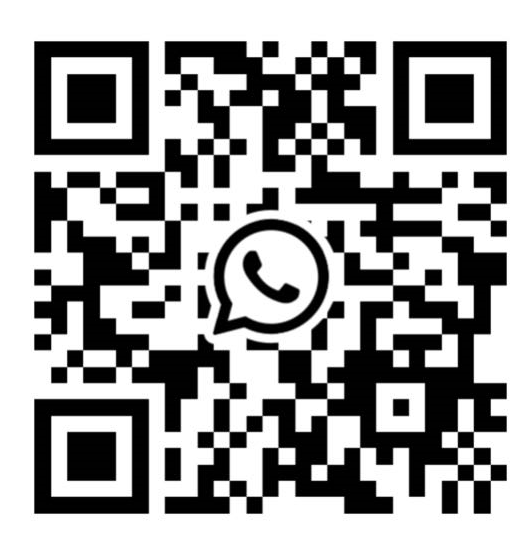Welcome: Shenzhen Limei Technology Co., Ltd
Email: szlimei@tddfdd.com
- TOP
- 13025463935
- Online
- WhatsApp code

4G is a wireless communication standard that provides high-speed internet access over wireless networks. It is an improvement over 3G technology and offers faster download and upload speeds, better data transfer rates, and improved network.
In North America and South America, the most commonly used 4G frequency bands are 700 MHz, 850 MHz, 1700 MHz, 1900 MHz, and 2100 MHz.
In Europe, the Middle East, and Africa, the most commonly used bands are 800 MHz, 900 MHz, 1800 MHz, 2100 MHz, and 2600 MHz.
In Asia, the most commonly used bands are 800 MHz, 1800 MHz, 2100 MHz, and 2600 MHz.
|
Band |
FDD/TDD |
Frequency Range |
Regional Division |
|
Band 1 |
FDD |
2100 MHz |
Global (IMT) |
|
Band 2 |
FDD |
1900 MHz |
North America |
|
Band 3 |
FDD |
1800 MHz |
Global (IMT) |
|
Band 4 |
FDD |
1700/2100 MHz |
North America |
|
Band 5 |
FDD |
850 MHz |
Global (IMT) |
|
Band 7 |
FDD |
2600 MHz |
Global (IMT) |
|
Band 8 |
FDD |
900 MHz |
Global (IMT) |
|
Band 12 |
FDD |
700 MHz |
North America |
|
Band 20 |
FDD |
800 MHz |
Europe |
|
Band 28 |
FDD |
700 MHz |
Asia-Pacific, Australia |
|
Band 38 |
TDD |
2600 MHz |
Global |
|
Band 40 |
TDD |
2300 MHz |
Global |
|
Band 41 |
TDD |
2500/2600 MHz |
North America, Asia-Pacific |
|
Frequency Band |
Region/Standard |
Major Operators (Examples) |
|
Band 1 |
Global (IMT, FDD-LTE) |
AT&T (US), China Mobile (China), Vodafone (EU) |
|
Band 2 |
North America (FDD-LTE) |
Verizon (US), Rogers (Canada), Telcel (Mexico) |
|
Band 3 |
Global (IMT, FDD-LTE) |
T-Mobile (US), Orange (EU), Jio (India) |
|
Band 4 |
North America (FDD-LTE) |
AT&T (US), Bell Mobility (Canada), Telus (Canada) |
|
Band 5 |
Global (IMT, FDD-LTE) |
Verizon (US), Vodafone (EU), Telstra (Australia) |
|
Band 7 |
Global (IMT, FDD-LTE) |
China Mobile (China), T-Mobile (US), Telus (Canada) |
|
Band 8 |
Global (IMT, FDD-LTE) |
Telenor (Norway), EE (UK), Optus (Australia) |
|
Band 12 |
North America (FDD-LTE) |
T-Mobile (US), Telus (Canada) |
|
Band 20 |
Europe (FDD-LTE) |
Vodafone (EU), Deutsche Telekom (Germany) |
|
Band 28 |
Asia-Pacific, Australia (FDD-LTE) |
Telstra (Australia), Singtel (Singapore) |
|
Band 38 |
Global (TDD-LTE) |
China Mobile (China), SoftBank (Japan) |
|
Band 40 |
Global (TDD-LTE) |
Reliance Jio (India), Telkom (Indonesia) |
|
Band 41 |
North America, Asia-Pacific (TDD-LTE) |
Sprint (US), China Unicom (China), NTT DoCoMo (Japan) |
According to a 2021 report by SpeedChecker, South Korea, Japan, Norway, Hong Kong, the United States, the Netherlands, and Taiwan have the highest 4G LTE penetration rates above 90%. This can be attributed to factors such as high investment in infrastructure, favorable regulatory policies, and the availability of spectrum. As the demand for high-speed internet access continues to grow, the adoption of 4G technology is likely to continue to increase, particularly in developing regions where internet connectivity is still limited.
Contact: Sorho
Phone: +8613025463935
Email: szlimei@tddfdd.com
Add: 1006, 10th Floor, Shajing Yunhua Times Building, Shenzhen, Guangdong, China